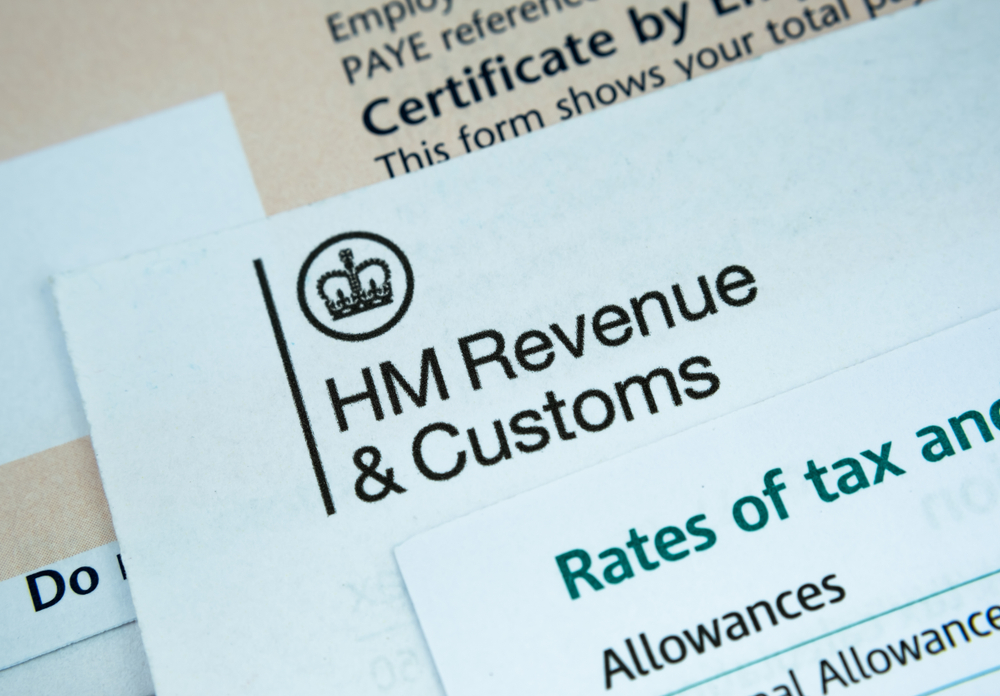16 Mar 2021
Five things to consider before the end of the tax year

The end of the current financial tax year is fast approaching, which means now is the time to review your finances and make sure that you’ve taken advantage of all of the tax planning opportunities available to you.
We’ve listed five things to consider before the end of the tax year.
1) Maximise tax relief on your pension contributions by using all of your annual allowance
Pensions are one of the most tax-efficient ways to save for your longer-term future. The annual allowance for 2020/21 is £40,000, but you can also use surplus allowance from the previous three tax years.
Your annual allowance may be restricted to a maximum of £4,000 where your total income plus pension contributions for the year exceeds £240,000, and your net income exceeds £200,000.
For every £80 paid in, your pension provider can claim another £20 in tax relief from the government, so that a £100 contribution actually costs you just £80.
Then, if you are a higher rate (40%) or top rate (45%) taxpayer you can claim up to an additional £20 or £25 respectively, making the effective cost of a £100 contribution for you as little as £60 or £55.
There’s a key difference in how higher and top rate taxpayers claim tax relief however. While 20% is reclaimed at source by your pension provider, which works for basic rate taxpayers, if you’re on a higher or top rate the additional amount has to be reclaimed through a self-assessment tax return and will reduce your overall tax liability at the end of the year.
If you are an employee, an alternative to reclaiming the extra through a self-assessment return is to ask HM Revenue & Customs (HMRC) for your PAYE notice of coding to be adjusted. This way your tax relief is given through a new PAYE code that extends your basic rate band.
2) Take advantage of the ISA investment limit to generate tax-free income and capital gains
An ISA allows you to save or invest money in a tax-efficient way. An ISA is a tax-efficient savings or investment account that allows you to put your ISA allowance to work and maximise the potential returns you make on your money, by shielding it from income tax, tax on dividends and Capital Gains Tax.
The maximum annual amount that can be invested in ISAs is £20,000 (2020/21). You can allocate the entire amount into a Cash ISA, a Stocks & Shares ISA, an Innovative Finance ISA, or any combination of the three.
3) Start planning ahead for a first property or retirement
A Lifetime ISA (LISA) is a dual-purpose ISA, designed to help those saving for a first home and retirement. If you are aged 18 to 39, you can open a Lifetime ISA and save up to £4,000 tax-efficiently each year up to and including the day before your 50th birthday.
The government will pay a 25% bonus on your contributions, up to a maximum of £1,000 a year. Your Lifetime ISA allowance forms part of your overall £20,000 annual ISA allowance.
You can withdraw your savings from age 60 onwards, if not used to buy a home before then. A penalty of 25% may be applied if you withdraw from your LISA if used for other purposes.
4) Contribute up to £9,000 into a child’s Junior Individual Savings Account (ISA)
A Junior ISA is a long-term savings account set up by a parent or guardian with a Junior ISA provider, specifically for their child’s future. Only the child can access the money, and only once they turn 18.
There are two types available: a Cash Junior ISA and a Stocks & Shares Junior ISA. The current annual subscription limit for Junior ISAs is up to £9,000 for the 2020/21 tax year.
The fund builds up free of tax on investment income and capital gains until your child reaches 18, when the funds can either be withdrawn or rolled over into an adult ISA.
5) Plan your capital gains to make best use of any capital losses
The £12,300 (2020/21) allowance is a ‘use it or lose it’ allowance. You can’t carry it forward to future years. But remember that each individual has their own allowance, so a married couple can potentially realise gains of £24,600 this tax year without incurring any tax liability.
If appropriate you could transfer assets between your spouse or registered civil partner tax-free, so it might make sense to consider transferring holdings to a spouse in a lower tax bracket or one who hasn’t used their allowance.
Gains and losses realised in the same tax year have to be offset against each other, and this will reduce the amount of gain that is subject to tax. If your losses exceed your gains, you could carry them forward to offset against gains in the future, provided you have registered those losses with HMRC.
Speak to an independent financial adviser
Our highly-qualified financial advisers combine personal attention with a straight-talking, down to earth approach.
We offer a free initial consultation to all clients and always offer fair and transparent fees.